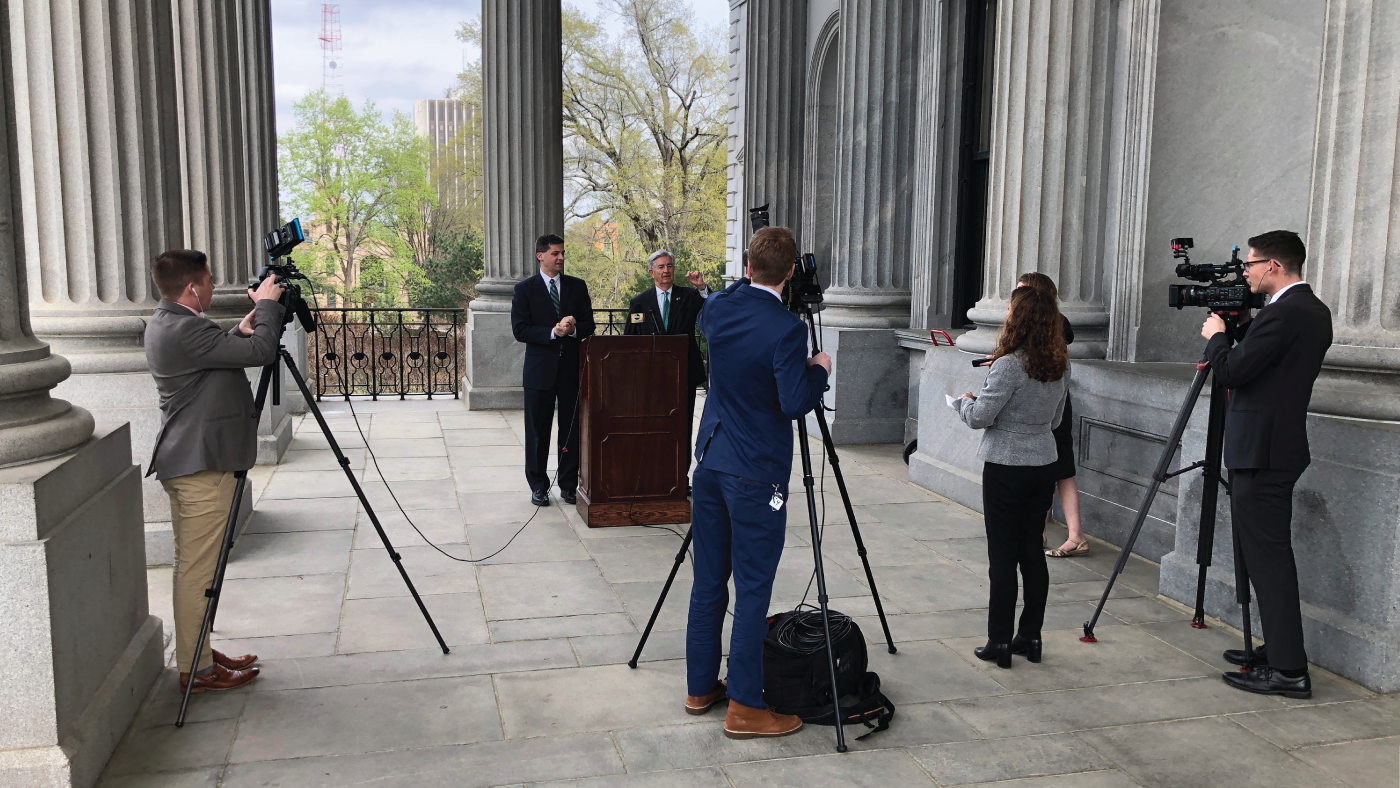Twitter conversation about the Flint water crisis took off in 2016

Q&A: Using Google search data to study public interest in the Flint water crisis
Read an interview with Director of Journalism Research Amy Mitchell, who helped author the study.

Searching for News: The Flint water crisis
Many Americans turned to Google to learn about the Flint water crisis. An analysis of aggregated searches over time illustrates how, in today's digital environment, public interest shifts as a story unfolds.
The new landscape of facts and trust
Lee Rainie discussed the Center's latest findings about how people use social media, how they think about news in the Trump Era, how they try to establish and act on trust and where they turn for expertise in a period where so much information is contested.

Most Say Tensions Between Trump Administration and News Media Hinder Access to Political News
Large majorities of both Democrats and Republicans say the relationship between the two is unhealthy.

The Future of Free Speech, Trolls, Anonymity and Fake News Online
Many experts fear uncivil and manipulative behaviors on the internet will persist – and may get worse.

Blacks more likely to follow up on digital news than whites
Blacks were more likely than whites to act upon online news in two particular ways: speaking with someone offline and saving news for later.
The New Age of Politics and Media
Lee Rainie gave this speech about the new age of politics and media at Flagler College in St. Augustine, Florida on Feb. 16, 2017. He described what Donald Trump's campaign and the dawn of the Trump presidency have taught us about the historic shifts in politics and media that have occurred in the last generation.

For election news, young people turned to some national papers more than their elders
When we asked people if they regularly got news about the 2016 presidential election through either the print or online version of four specific U.S. newspapers, three of these papers – The New York Times, The Washington Post and The Wall Street Journal – attracted more adults younger than 50 than 50 and older as regular readers.










